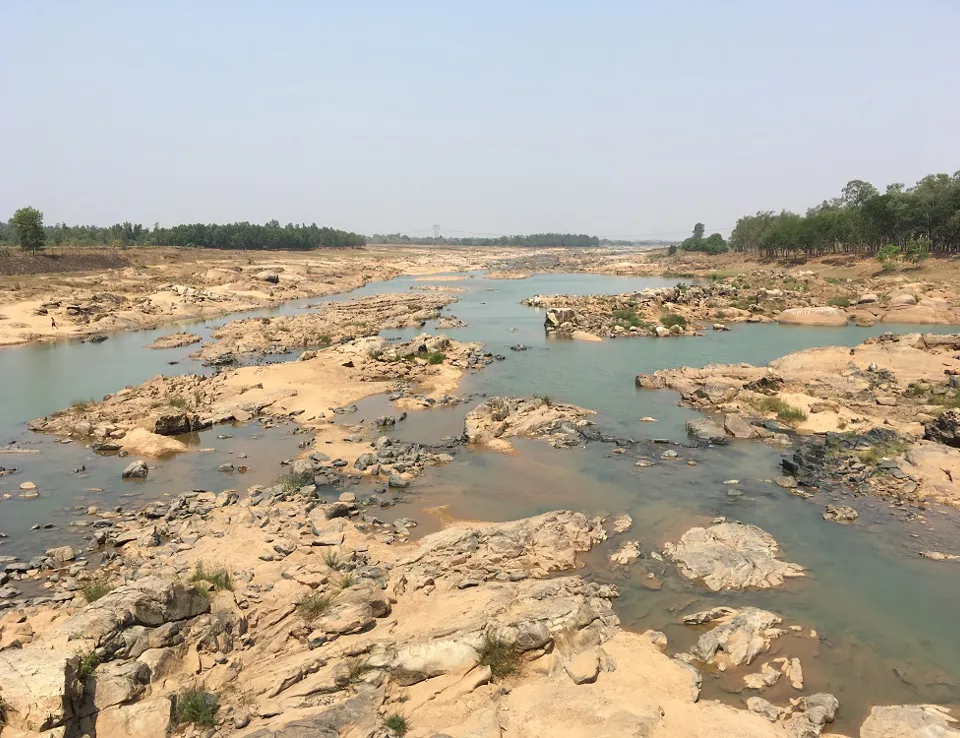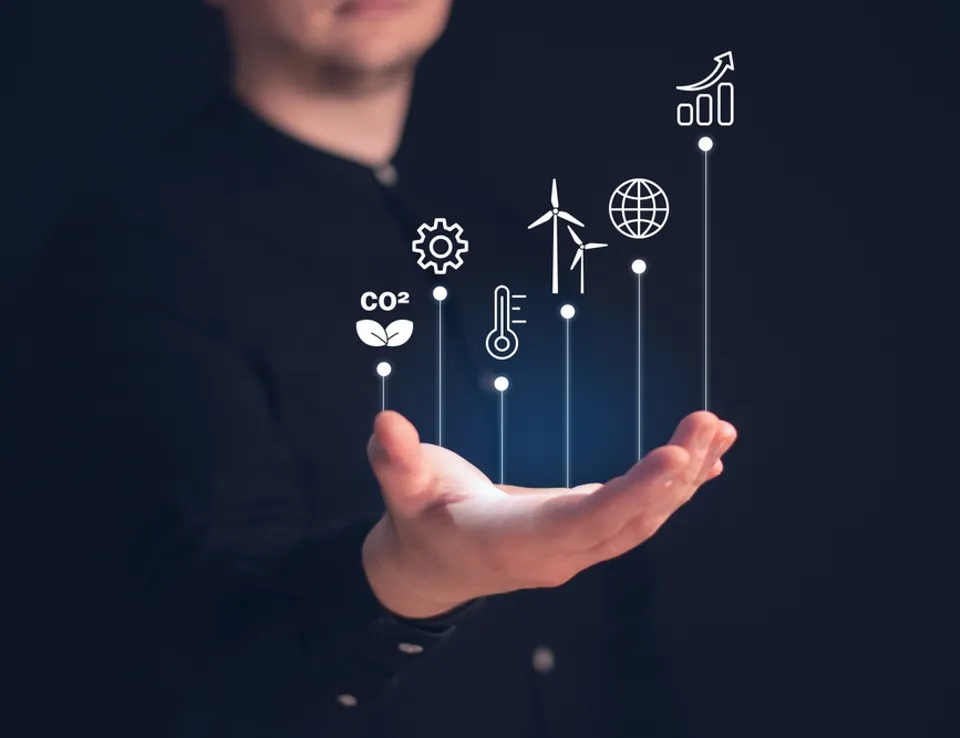
New satellite imaging technology is transforming our understanding of the Earth's surface
03 Oct 2024
Ahead of an upcoming conference in Copenhagen this month, Ricardo’s Christopher Evangelides, Senior GIS & EO Consultant, outlines how advances in hyperspectral satellite imagery are transforming Earth Observation.
The upcoming conference, 'Earth Observation for Monitoring, Reporting, and Verification of Carbon Removals’, organised by European Environment Agency (EEA) and the European Space Agency (ESA) in Copenhagen this month, presents a timely opportunity to explore how advancements in satellite technology are transforming my field of expertise, Earth Observation (EO).
It will also provide an ideal platform to assess how EO is leveraging cutting-edge data and insights to address critical challenges in carbon removal and environmental monitoring.
Whilst we still heavily rely on imagery from established satellite missions like Sentinel-2 and Landsat, the rise of commercially operated satellites has introduced significantly more advanced imagery with far greater spectral resolution.
Hyperspectral imaging, for example, provides unprecedented detail about the Earth's surface. While conventional multispectral satellite missions could detect vegetation, hyperspectral imaging can distinguish between different vegetation species, improve the assessment of chlorophyll content, and even the analysis of soil composition. This is possible due to its ability to capture data across a broader range of spectral bands and its significantly improved wavelength discrimination.
We are only beginning to unlock the full potential of this technology for improving how we monitor water quality, track the spread of wildfires (see related Ricardo presentation given at the Spatial Data Science Conference in New York last October) assess crop health, and even detect methane through its distinctive spectral signatures.
Land-Use, Land-Use Change, and Forestry
Hyperspectral imaging also offers valuable tools for monitoring Land-Use, Land-Use Change, and Forestry (LULUCF), a sector vulnerable to the impacts of climate change, but also crucial - as a source of sustainable materials - for helping other sectors, such as construction and energy, reduce their emissions.
The forthcoming conference focuses specifically on LULUCF, gathering experts from diverse fields to discuss recent policy developments, such as the EU's LULUCF regulation and its carbon removal certification framework.
It will also explore how Earth Observation (EO) can support these efforts through continuous, large-scale monitoring of land-use and surface water changes.
This is an area that we are especially keen to explore at Ricardo and I'm hoping that the discussions and insights from the conference will help our teams continue to provide up-to-date advice and specialist capabilities for LULUCF.
If you are attending in Copenhagen then please do come and say hello to myself or Georgie Vaughan, Data Scientist, who will also be at the event - we'd be more than happy to answer any questions or discuss potential collaboration opportunities.
Otherwise, if you'd like to learn more about our work in this area, then please do not hesitate to reach out.
Link to the conference: EO for Monitoring, Reporting, and Verification of Carbon Removals





 Follow Ricardo plc for regular updates
Follow Ricardo plc for regular updates




